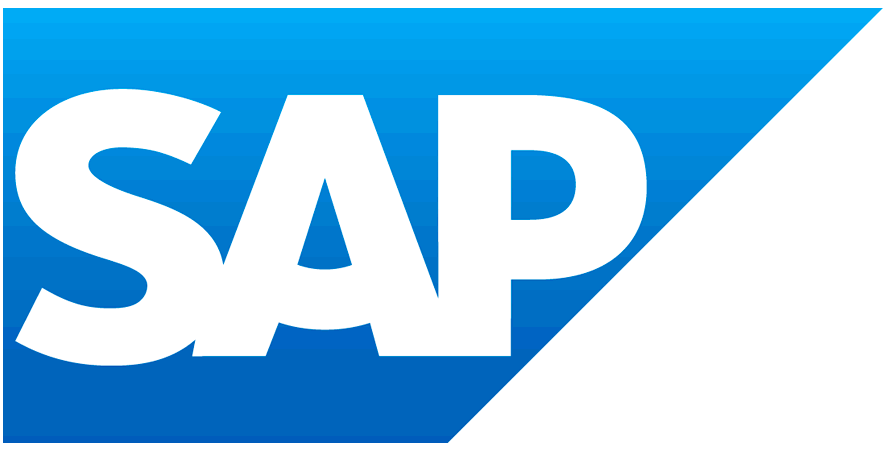Decarbonization Through Emission Transparency: Introducing SAP Sustainability Data Exchange
Feature by Ashwin Rama Chandran
Companies aim to be role models in the fight against carbon emissions by making public commitments to reduce emissions. Today, more than 400 companies worldwide have signed the Climate Pledge, committing to achieve net-zero carbon emissions by 2040.
Mitigating Greenhouse Gas (GHG) Protocol’s Scope 1 — direct emissions by an organization — and Scope 2 emissions — indirect emissions due to energy produced or used — is indeed a challenge, but not an insurmountable task. It is straightforward: we must either reduce consumption, increase energy efficiency, switch to renewable alternatives, or purchase clean energy or carbon offsets.
Tackling Scope 3 emissions not produced by the company or from the energy used is another matter.
Scope 3 emissions are challenging to manage because they fall outside an organization’s control. Collecting accurate data makes measuring and assessing these emissions difficult. And with different suppliers involved in the supply chain, there is no clarity on who exactly is accountable for reducing Scope 3 emissions. Half the problem is solved when sustainability data is standardized and shared securely.
Companies will soon be required to comply with regulations emphasizing the need to record and share sustainability data. For example, the European Union’s Carbon Border Adjustment Mechanism (CBAM) requires companies to share their suppliers’ carbon dioxide emission data when they import products to Europe. CBAM will enter its transitional phase as of October 2023 and will apply to importing carbon-intensive goods such as aluminum, iron, steel, cement, fertilizers, and electricity. In 2026, importers must submit information regarding the number of goods imported to the EU and the corresponding GHG emissions.
These regulations, investor, and stakeholder scrutiny, along with supply chain partner requirements, demand a uniform standard to share sustainability data. In 2021, automotive industry leaders and partners formed the Catena-X Automotive Network to create a consistent information and data-sharing standard throughout the automotive value chain. Sustainability is one of the five major application areas defined by Catena-X. The aim is to standardize emission measurements along the value chain, document accurate carbon data, and make it comparable within the automotive industry.
The emphasis on sharing carbon footprint data along the value chain and SAP’s experience as a founding member of Catena-X led to the launch of SAP Sustainability Data Exchange, a new solution specifically designed to securely exchange standardized sustainability data, including product footprints, along the value chain. The solution allows companies to effectively share emissions and other data with their customers to help companies decarbonize their value chains.
Part of SAP Business Network, SAP Sustainability Data Exchange uses the carbon data interoperability standards established by the Partnership for Carbon Transparency (PACT) hosted by the World Business Council for Sustainable Development (WBCSD). The solution also draws on SAP’s experience as a founding member of Catena-X and Confinity-X. The program set the first technical specifications for the standardized exchange of carbon emissions data, allowing different emissions and accounting technology solutions to connect to and effectively share sustainability information.
Built using the technical framework of GreenToken by SAP, SAP Sustainability Data Exchange allows sustainability data sharing within organizations on this platform and interoperability with other equivalent networks using WBCSD PACT standards. Companies can use SAP Sustainability Data Exchange along with SAP Sustainability Footprint Management, a single solution to calculate and manage the full range of corporate, value chain, and product greenhouse gas emissions. Alternatively, if businesses already have a solution that calculates carbon footprints effectively, they can use SAP Sustainability Data Exchange to share this data securely. The beta version is planned for availability in the third quarter of 2023.
“As a champion of a sustainable future, we at SAP are constantly seeking new ways to drive innovation and deliver value to our customers,” said Nitin Jain, general manager of GreenToken by SAP and SAP Sustainability Data Exchange. “Our launch of SAP Sustainability Data Exchange is a testament to this commitment. By leveraging our expertise and resources, we have developed a cutting-edge platform application that lets organizations share product carbon information with their customers and vendors, empowering our customers to measure and reduce their carbon footprint while promoting transparency throughout the supply chain. With this new offering, we are setting a new standard in sustainability and paving the way for a more sustainable future.”
SAP Sustainability Data Exchange represents another key milestone in the company’s mission to establish the green ledger alongside the top and bottom lines as crucial performance dimensions. Customers can report carbon emissions metrics and comply with global standards. Having a standardized format to record and share data helps companies move from estimated sustainability values to actual and accurate product-level data. This accelerates their journey toward net zero by providing them with standardized audit-ready sustainable values.
Fifty years ago, SAP revolutionized financial accounting with enterprise resource planning (ERP) software. Today, SAP is reinventing the “R” in ERP by extending the definition of resources beyond financial and goods flows and offering a precision approach to sustainability by enabling transactional carbon accounting through a green ledger. This enables combined financial and environmental decision-making at different points across the business process. The green ledger offers deep insights by being embedded into RISE with SAP S/4HANA Cloud and the GROW with SAP solution, with additional capabilities added with every release.
Learn more at sap.com/sustainability/climate-action.

